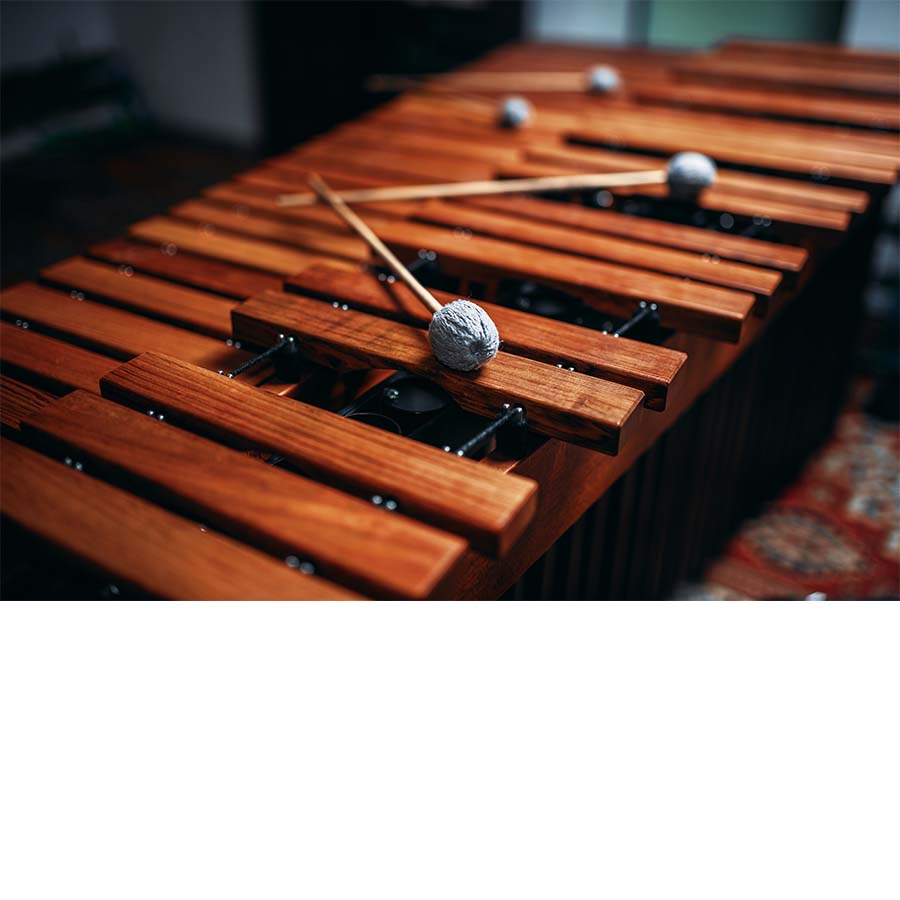Prep. Lesson 7. Louder and softer sounds
Prior learning: None
Duration: 30 minutes
Materials: Candle prop, tuned and unturned percussion
Keywords: Beat, singing, chanting, partners, rhymes, circle games
Difficulty: ![]()
 Melodic development
Melodic development
![]() Students explore the concepts of loud and soft by singing a song softly and then loudly.
Students explore the concepts of loud and soft by singing a song softly and then loudly.

- A battery-powered candle prop is placed on a table and is illuminated.
- Sing the song to the class in a soft and gentle tone. When you have finished, turn off the candle.
- Ask students to repeat the song along with you quietly. Again, turn off the candle prop. Explain that they were singing the song softly.
- Now sing the song loudly and ask the class to repeat after you in a louder voice, and turn off the candle at the end of the song.
- Explain that they were singing the song loudly.
- Ask students which they liked the best - loud or soft.
 Game
Game
![]() Students explore loud and soft by identifying small and big hand movements in this teacher-led song.
Students explore loud and soft by identifying small and big hand movements in this teacher-led song.

- Teach the song line-by-line to the class, who are seated.
- Sing softly the first time through and with hands close together.
- Sing the song again, but more loudly and with hands that are further apart.
- Ask, "Can anyone tell me the difference when I put my hands like this (close together)or when I put my hands like this (hands further apart) and was the music different?"
- Students sometimes respond with " big" or 'small'.
- Tell the class that if the sound is big, we use the word loud; if the sound is small, we say it is soft.
- Students should sing quietly along with you. Your hands will be close together. Repeat using a louder voice, with your hands further apart.
- Instruct a student to come to the front and be the conductor. The student must use only hand actions to show if the class singing should be loud or soft.
- Repeat with another student as conductor, ensuring that loud and soft versions are performed over time.
- Teachers should observe the improvement in musical accuracy and singing in general as the students practice the task.
 Listening
Listening
![]() Students explore loud and soft by using instruments, their voices and imaginative play.
Students explore loud and soft by using instruments, their voices and imaginative play.

- Place a collection of classroom instruments on a table, including tuned and non-tuned percussion.
- Using a drum stick, play a loud sound on a drum, then a soft sound.
- Ask students which sound was loud and which was soft.
- Ask a volunteer to repeat the process and ask the class if the sound was loud or soft.
- Using a xylophone or chime bar, strike a loud note with a beater. Ask a student if the sound was loud or soft.
- Repeat with a soft note and similarly ask the class,
- Repeat with other instruments and volunteers as time permits.
 Rhythmic development
Rhythmic development
![]() Students explore the concepts of loud and soft and pitch contour.
Students explore the concepts of loud and soft and pitch contour.
- Speak in a measured cadence to keep the beat. Teach the class the lyrics while showing the circling movement in your arms. It is essential never to let the movement stop as you raise your arms up and down, as well as in and out.
- For the first half of the rhyme, raise your voice in pitch incrementally as you move your arms up and lower it as you move your arms down.
- For the second half, you can make your voice louder as you move your arms out and softer as you move them in.
- This rhyme and its corresponding actions help teach students the rudiments of both pitch and dynamics.
 Video
Video
![]() Students will listen to and recognise the terms loud and soft in this animated video.
Students will listen to and recognise the terms loud and soft in this animated video.
 Farewell
Farewell
![]() Reinforces students' pitch ability through listening, imitation, and repetition. 'Good morning' or 'Bee, Bee, Bumblebee' are good examples.
Reinforces students' pitch ability through listening, imitation, and repetition. 'Good morning' or 'Bee, Bee, Bumblebee' are good examples.
Suggested lessons
Prep. Lesson 8. Exploring voice
Students learn dexterity from fingerplays and identify an individual from their voice alone. AC9AMUD01
Prep. Lesson 9. Rhymes & song
Students identify a song from a hummed melody and practice keeping the beat using clapping. AC9AMUD01
Prep. Lesson 10. Higher & lower sounds
Students identify high and low sounds through singing and using instruments. AC9AMUD01



